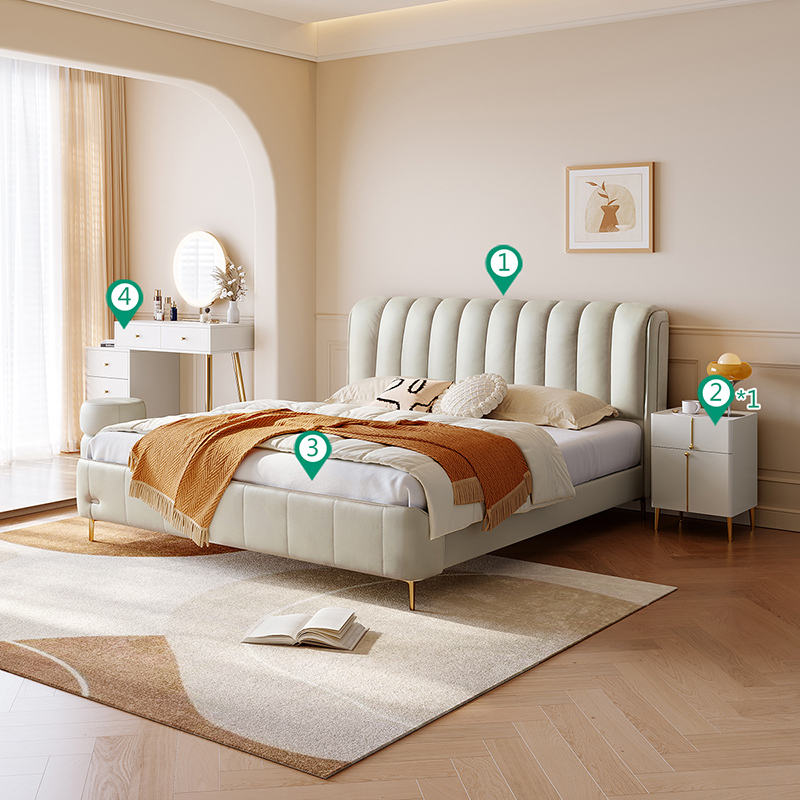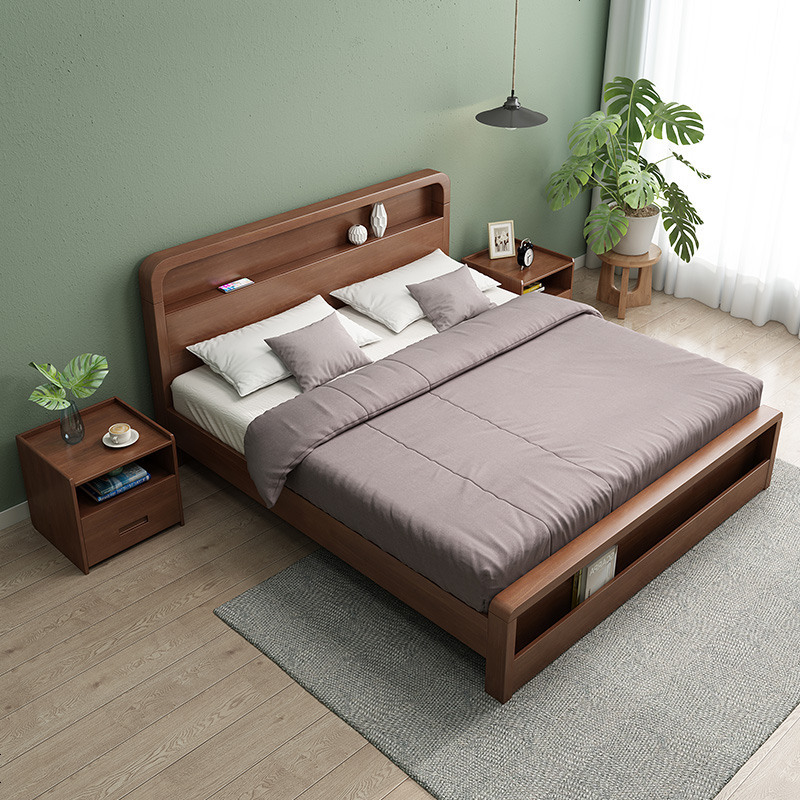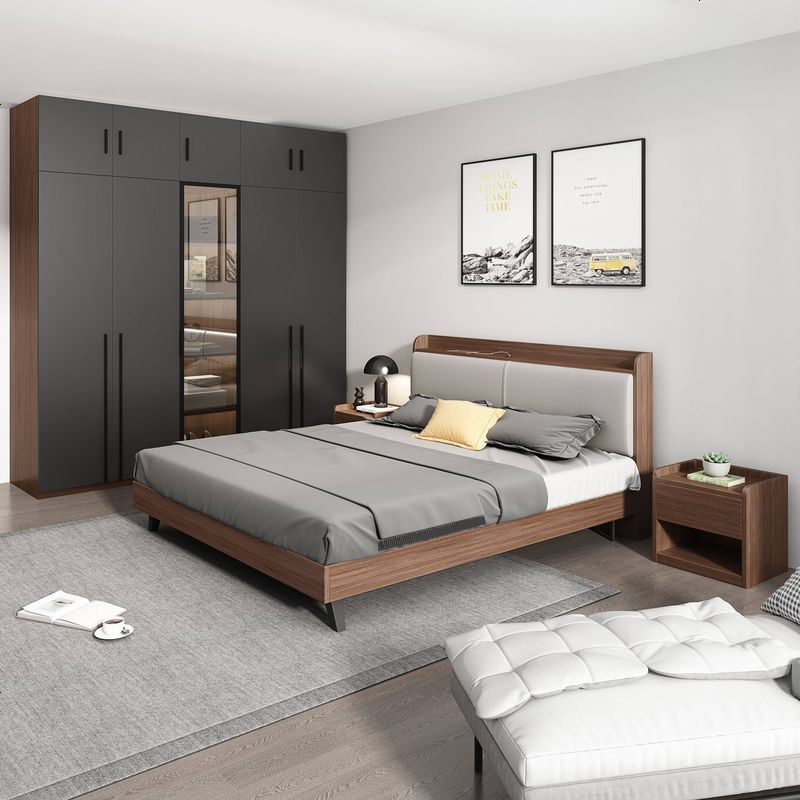The Middle East’s furniture market is booming, fueled by rapid urbanization, economic diversification, and a growing appetite for luxury, durability, and culturally resonant designs. For global manufacturers and suppliers, understanding the unique preferences and requirements of Middle East furniture buyers is key to unlocking this lucrative market. This article explores the opportunities, challenges, and actionable strategies for successfully serving this region.
—
Why Middle Eastern Buyers Choose Chinese Furniture Suppliers?
1. Cost Efficiency and Scalability
Chinese manufacturers offer competitive pricing due to economies of scale, advanced machinery, and streamlined production. This appeals to Middle Eastern buyers seeking luxury-grade quality at scalable bulk order volumes.
2. Customization for Cultural Preferences
Chinese factories excel in tailoring designs to regional aesthetics, such as incorporating Islamic geometric patterns, ornate wood carvings, or gold accents. They also adapt materials to suit desert climates, like UV-resistant fabrics and moisture-resistant woods.
3. Sustainability and Luxury Paralleled
Leading suppliers balance opulence with eco-conscious practices, using FSC-certified wood, low-VOC finishes, and recycled metals. This aligns with the UAE’s Vision 2021 and Saudi Arabia’s Green Initiative, which prioritize sustainability in high-end projects.
4. Logistical Reach
China’s proximity to key Middle Eastern ports (Jebel Ali, Dammam) and experience in navigating customs regulations streamline shipments to multiple Gulf Cooperation Council (GCC) countries.
—
Key Considerations for Serving Middle Eastern Buyers
1. Cultural and Design Sensitivity
– Islamic Design Principles: Incorporate geometric motifs, calligraphy, and symmetry while avoiding figurative art.
– Climate-Adaptive Materials: Prioritize lightweight, breathable fabrics (e.g., linen, cotton) and furniture resistant to heat and humidity.
– Luxury Expectations: Use premium materials like solid teak, brass accents, or marble inlays for high-end markets in Dubai and Riyadh.
2. Compliance with Regional Standards
– GCC Standards: Ensure products meet Gulf Technical Regulation (GTR) requirements for safety, flammability, and labeling.
– Sustainability Certifications: Highlight certifications like CARB Phase 2 (for California compliance, often required in GCC exports) or FSC/PEFC for eco-conscious buyers.
3. Communication and Customization
– Arabic-Speaking Support: Partner with suppliers offering bilingual teams to clarify design details and contractual terms.
– Modular Flexibility: Adapt designs for compact living spaces, such as foldable furniture or multifunctional units popular in urban households.
4. Logistics and Payment Terms
– Shipping Terms: Opt for FOB (Free On Board) or DDP (Delivered Duty Paid) to simplify cross-border transactions.
– Incoterms Awareness: Understand VAT regulations in Saudi Arabia and the UAE, and ensure proper documentation (e.g., COO, packing lists).
—
Emerging Trends in Middle Eastern Furniture Demand
1. Smart and Luxurious Tech Integration
Demand for IoT-enabled furniture with voice-controlled lighting, climate adjustment, or wireless charging is rising in smart cities like Dubai and Doha.
2. Modular and Space-Saving Designs
With urbanization driving smaller living spaces, buyers seek foldable, wall-mounted, or multifunctional furniture.
3. Desert-Inspired Aesthetics
Natural materials like palm wood, woven textiles, and earthy tones are gaining traction, reflecting regional heritage.
4. Sustainability-Driven Purchasing
High-net-worth individuals and hospitality brands prioritize circular design, upcycled materials, and take-back programs to align with ESG goals.
—
Building Trust with Middle Eastern Buyers
Trust is paramount in this relationship-driven market. Strengthen partnerships by:
– Attending Regional Trade Shows: Participate in events like INDEX Dubai or Cityscape Riyadh to network with distributors and retailers.
– Offering Virtual Showrooms: Use 3D rendering tools to showcase designs in immersive, Arabic-language platforms.
– Negotiating Contracts: Include clauses for bulk discounts, defect rates, and penalties for delayed shipments.
—
Practical Tips for Entering the Middle East Market
– Start with Niche Markets: Target hospitality or luxury residential projects before expanding to retail.
– Understand Import Duties: Research tariffs in target countries (e.g., 5% VAT in the UAE, exemptions in Saudi Arabia’s NEOM zones).
– Partner with Local Distributors: Leverage agents with regional expertise to navigate cultural nuances and logistics.
—
Final Thoughts
The Middle East’s furniture market offers immense opportunities for suppliers who blend cultural sensitivity with innovation. By prioritizing customization, sustainability, and logistical efficiency, global manufacturers can position themselves as preferred partners in this transformative region. As smart technology and circular design reshape consumer expectations, staying ahead of trends and regulations will ensure long-term success.
Article link:https://www.vlefooena.com/manufacturer/4351/




No reply content